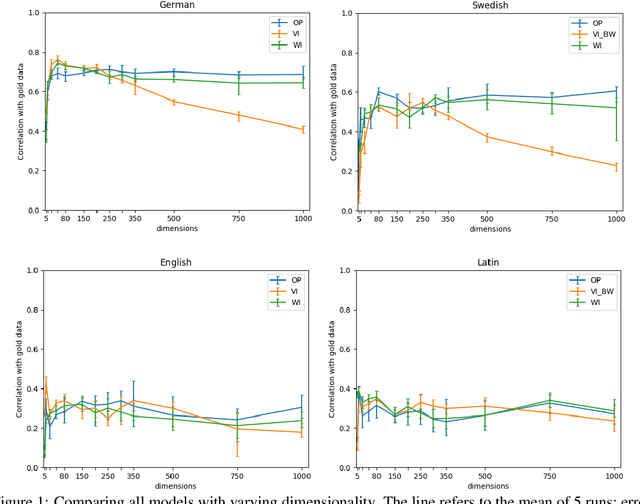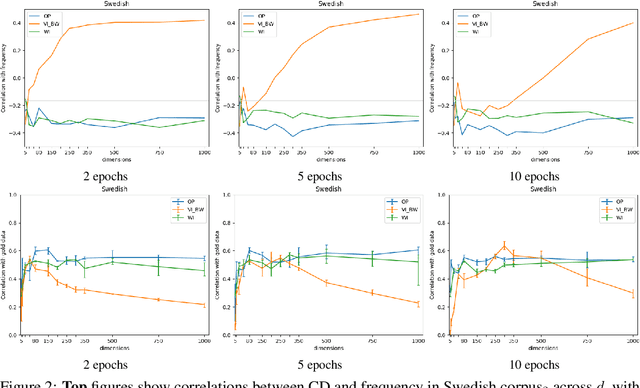IMS at SemEval-2020 Task 1: How low can you go? Dimensionality in Lexical Semantic Change Detection
Paper and Code
Aug 07, 2020



We present the results of our system for SemEval-2020 Task 1 that exploits a commonly used lexical semantic change detection model based on Skip-Gram with Negative Sampling. Our system focuses on Vector Initialization (VI) alignment, compares VI to the currently top-ranking models for Subtask 2 and demonstrates that these can be outperformed if we optimize VI dimensionality. We demonstrate that differences in performance can largely be attributed to model-specific sources of noise, and we reveal a strong relationship between dimensionality and frequency-induced noise in VI alignment. Our results suggest that lexical semantic change models integrating vector space alignment should pay more attention to the role of the dimensionality parameter.
 Add to Chrome
Add to Chrome Add to Firefox
Add to Firefox Add to Edge
Add to Edge